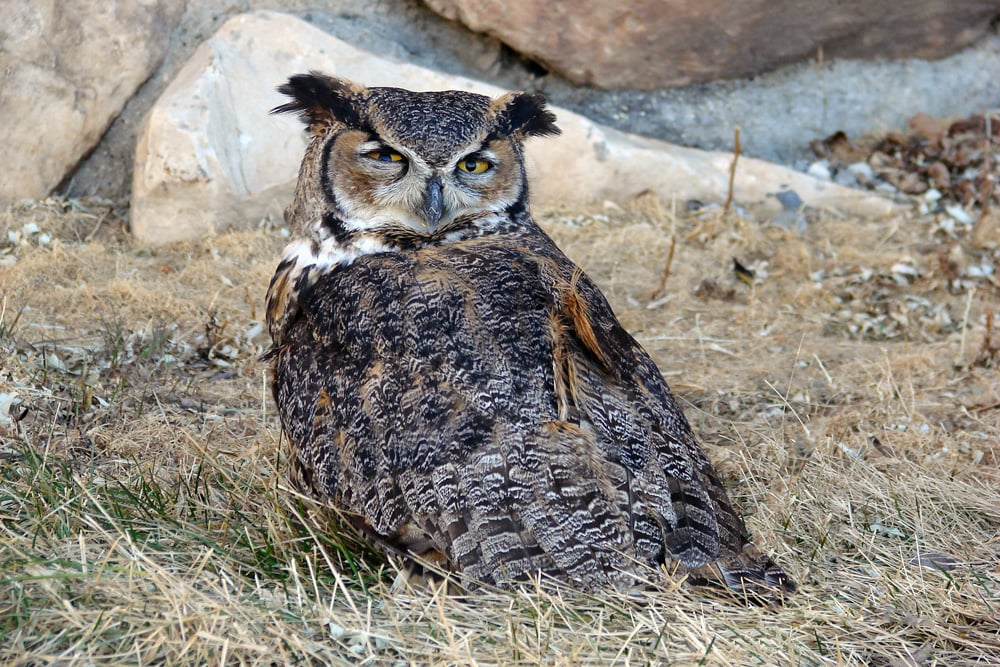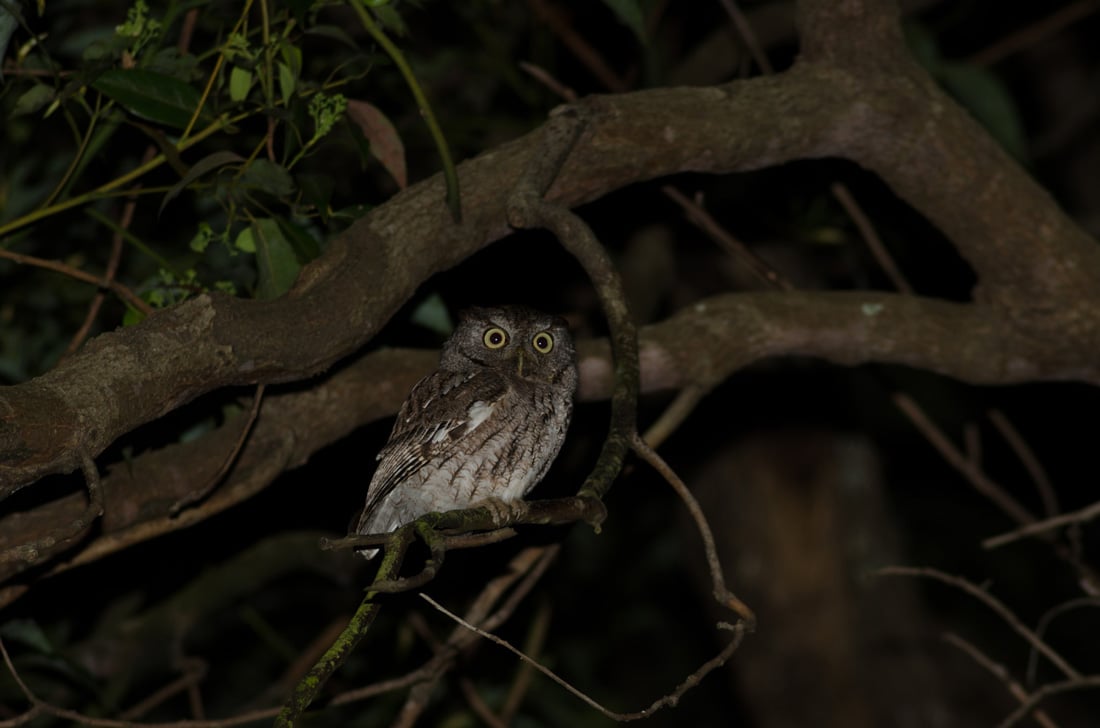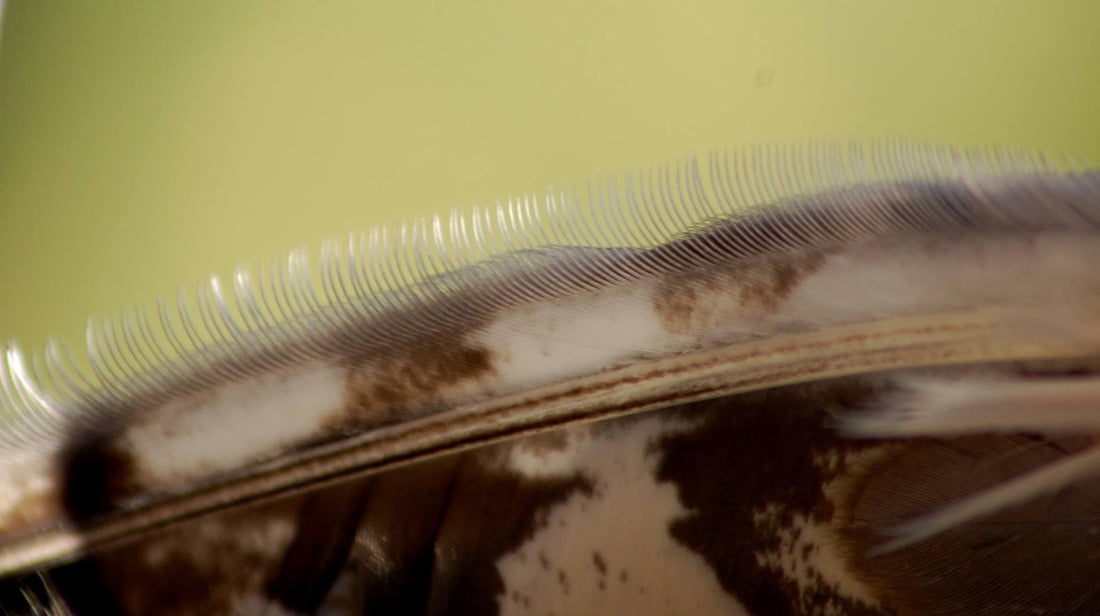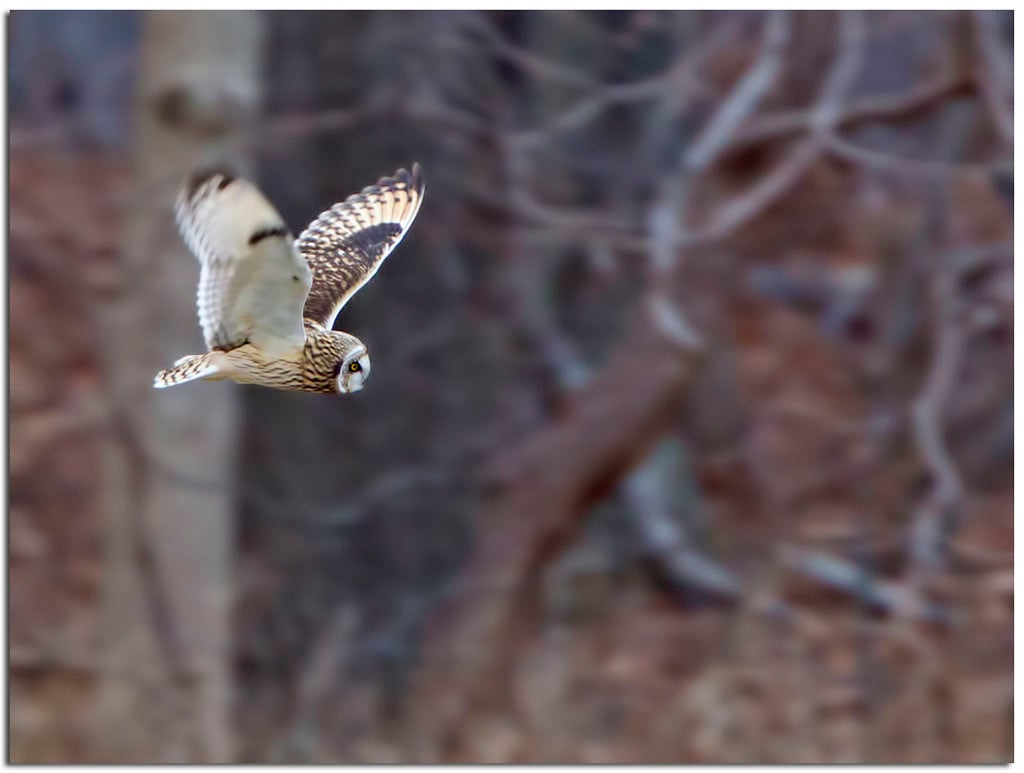Owls In Native American Cultures – Buffalo Bill Center of the West
 Teasdale, a Great Horned Owl, is Part of the Draper Museum Raptor Experience’s Education Program
Teasdale, a Great Horned Owl, is Part of the Draper Museum Raptor Experience’s Education Program
We humans love owls. Why not? With their flat faces and forward facing eyes they look more like us than any other bird. It is only the owls at our program that prompt people to go “awwwww.” But do all people love owls? One day I was holding Teasdale, our Great Horned Owl, when a man walked past holding his hand up to the side of his face to shield his eyes from viewing Teasdale. A visitor I was talking to at the time told me that some Native Americans feared seeing owls as they were considered bad omens. But is this true of all Native Americans? I decided to find out more about this subject. I learned that owls may be both feared and revered.
 An Eastern Screech Owl. Both Western and Eastern Screech Owls are Nocturnal.
An Eastern Screech Owl. Both Western and Eastern Screech Owls are Nocturnal.
Among many tribes, including the Alabama, Caddo, Catawba, Choctaw, Ojibway, Cherokee, and Cheyenne the Great Horned Owl and the Screech Owl were believed to be the most dangerous owls. Note that both of these owls have “horns” or plumicorns (feather tufts) on the top of their heads. In some tribal cultures, horns are believed to be a sign of powerfulness, which may explain why “horned” owls are more readily feared. Historically, some Native Americans even believed that these owls might not be real birds at all, but are actually always shape-shifters. In other tribes, they were believed to be the restless spirits of the dead.
Many tribes traditionally link night with death and the underworld. Though a Great Horned Owl’s preferred hunting time is dusk and dawn, both Great Horned and Screech Owls may be active at night. Their reputation is further enhanced by fringed wings (fluting) that cause these owls to have virtually silent flight, and their varied sounds such as eerie screeches, screams, wails, barks, and hoots.
Listen to this short sample of just a few owl sounds. Which do you think is the creepiest? I thought the Barred Owl was: https://www.youtube.com/watch?v=ezaBqCf0hv0
Here is a wonderful site to check out varied sounds for four common owls:
https://journeynorth.org/tm/spring/OwlDictionary.html
 Fluting on one of Teasdale’s flight feathers.
Fluting on one of Teasdale’s flight feathers.
Many tribes across the country not only believe that owls have a correlation to death, but also the afterlife. Tribes such as the Lakota, Omaha, Cheyenne, Fox, Ojibwa, Menominee, Cherokee, and Creek consider owls to be either an embodied spirit of the dead or associated with a spirit in some way. In some cases, the appearance of an owl, especially during the day, may be a harbinger of death. One story tells of an owl creature that stands in the sky, allowing some individuals to pass on to the land of the dead, and condemning others to a ghostly life roaming the earth forever.
In many Native cultures, adults will sometimes use owls as warnings to children. They were told that they must stay inside at night and behave well. If the didn’t, an owl may carry them away.
On the other hand, the Dakota and Hidatsas tribe respect owls as a protective spirit for brave warriors and the Lenape, or Delaware, Indians believe if they dreamed about an owl it would become their guardian. Other Native People believe that owls are a carrier of ancient knowledge and a bringer of deep, mystical wisdom.
 Amelia, a Short-eared Owl, helps educate people at the Draper Museum Raptor Experience. Short-eared Owls are mainly diurnal.
Amelia, a Short-eared Owl, helps educate people at the Draper Museum Raptor Experience. Short-eared Owls are mainly diurnal.
The Cheyenne believed only the Short-eared Owl is a bird. They believed all other owls are spirits of the night. With the exception of the Great Horned Owl, warriors would often attach owl feathers to their shields or wear them on their arms. It was believed this would give them special powers such as the ability to see in the dark and move silently. Members of warrior tribes of the plains such as dog soldiers, Ioway, and Fox would at times carry sacred owl bundles while looking for enemies.
 Short-eared Owls are active in the daytime.
Short-eared Owls are active in the daytime.
Some Native American tribes such as the Cherokee, Lakota, and Caddo believed that owls may bring news to medicine men who are able to understand them. This news may tell of events happening at a far away distance or of events of the future. Some Cherokee shamans believed these owls, especially the Eastern Screech Owl, act as spiritual consultants on sickness and punishments.
 Eastern Screech Owl
Eastern Screech Owl
These traditional Native American religious and cultural beliefs are still followed by some Native Americans, while others have moved away from these time-honored beliefs. The guest at our program I mentioned at the beginning of this blog was a Native American, and was enjoying his opportunity to see a Great Horned Owl up close.
Photo Credits:
Teasdale by the author A. Hay, Attribution-NoDeriv License, https://www.flickr.com/photos/[email protected]/43150496262/in/dateposted-public/
Cheyenne Chiefs Red Earth Festival by Becky Meyer, Attribution 2.0 Generic license, https://www.flickr.com/photos/redearthfestival/
Eastern Screech Owl on a night perch, by VinceFL, Attribution-NonCommercial-NoDerivs License, https://www.flickr.com/photos/vlopresti1964/
Native American boy by Paulann Egelhoff, Attribution-NoDerivs 2.0 Generic License, https://paulannegelhoff.myportfolio.com/
Short-eared owl in flight by nebirdsplus, Non-commercial Attribution License
https://www.flickr.com/photos/nebirdsplus
Eastern Screech Owl in tree opening, Ashley Tubbs, Attribution-NoDerivs license, https://www.flickr.com/photos/[email protected]/






